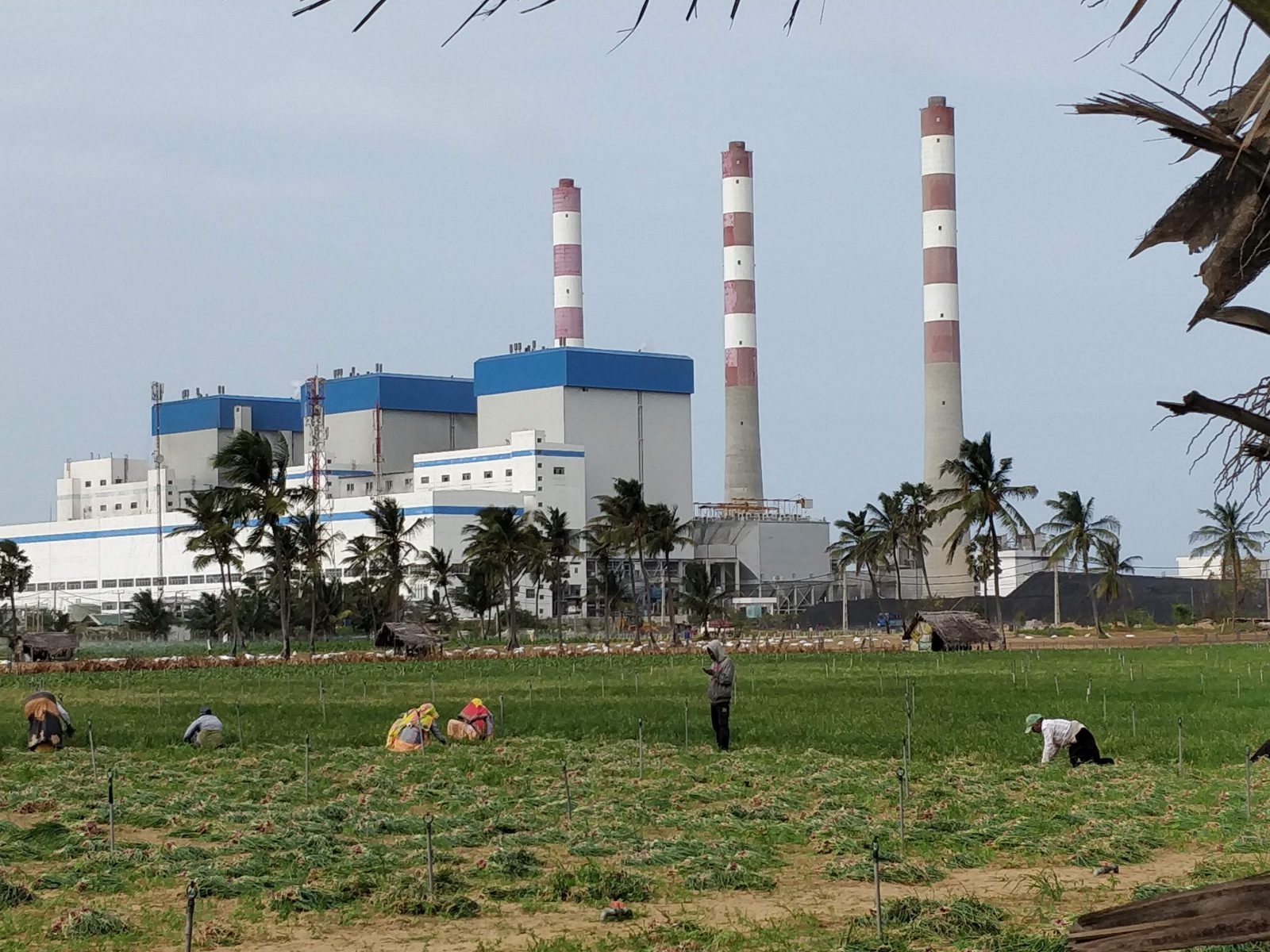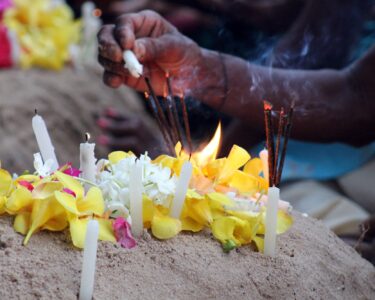Independent Probe Urged to Unravel Sri Lanka’s Power Outage Crisis
A recent countrywide blackout, which took far longer to restore than expected, has raised serious questions about the reliability of Sri Lanka’s aging power infrastructure. Energy expert and former Renewable Energy Ministry member Asoka Abeygunawardana has pointed to the failure of the nation’s three coal power plants as the primary culprit behind both recent and past islandwide outages.
Abeygunawardana explains that these coal plants were never part of a modern energy strategy. “The first coal power plant proposal was made in 1990,” he notes, adding that these plants were constructed due to improper planning rather than aligning with the global trend towards renewable energy. According to him, the decision to rely on coal has left Sri Lanka with a system that is now “impossible to restore and maintain reliably.” He argues that if liquefied natural gas (LNG) plants had been adopted instead, they would have been more compatible with the nation’s renewable energy efforts.
The expert further criticizes the Ceylon Electricity Board’s (CEB) generation plan. “The CEB consistently planned to build only coal power plants up to 2040, based on incorrect assumptions about global energy trends,” he said. In a system designed exclusively to transmit electricity from coal power plants, the current transmission network struggles to integrate stable renewable sources such as rooftop solar. Abeygunawardana asserts that this inflexible planning is at the heart of the crisis.
Adding fuel to the fire, the Ceylon Electricity Board Engineers’ Union has pointed to another disturbing cause of grid instability. They claim that a cascading failure in February was triggered by a breakdown of the 33kV bus bar in Panadura. The union’s statement suggested that on Sundays, when demand is low and solar power generation is high, the grid is forced to de-load large coal plants and hydros—essential components that provide the necessary “inertia” to stabilize the system. Without this inertia, system control struggles to maintain a stable frequency, resulting in outages that cascade across the grid.

International experts have also weighed in. Jaimes Kolantharaj, Principal Energy Specialist at the Asian Development Bank, expressed concern about the grid’s inability to absorb shocks due to its outdated design. “It is amazing to see how system control operates,” he remarked at a forum in Colombo, highlighting that the grid essentially goes dark during peak solar generation hours.
With mounting evidence of systemic flaws—from the misguided construction of coal power plants and a transmission network tailored for them, to the grid’s inability to integrate renewable energy and maintain inertia—calls for an independent investigation are growing louder. Such a probe would delve into the decision-making processes that have led to these recurring failures and determine the necessary reforms to safeguard Sri Lanka’s energy future.
Critics argue that only an unbiased, thorough inquiry can pinpoint the exact failures in planning and execution that have left the nation’s power grid vulnerable. As Sri Lanka faces increasing energy demands and the urgent need to transition to a more sustainable energy mix, establishing transparency and accountability is essential. The call for an independent probe is not just a demand for answers—it is a plea for a more resilient and future-proof energy system.







